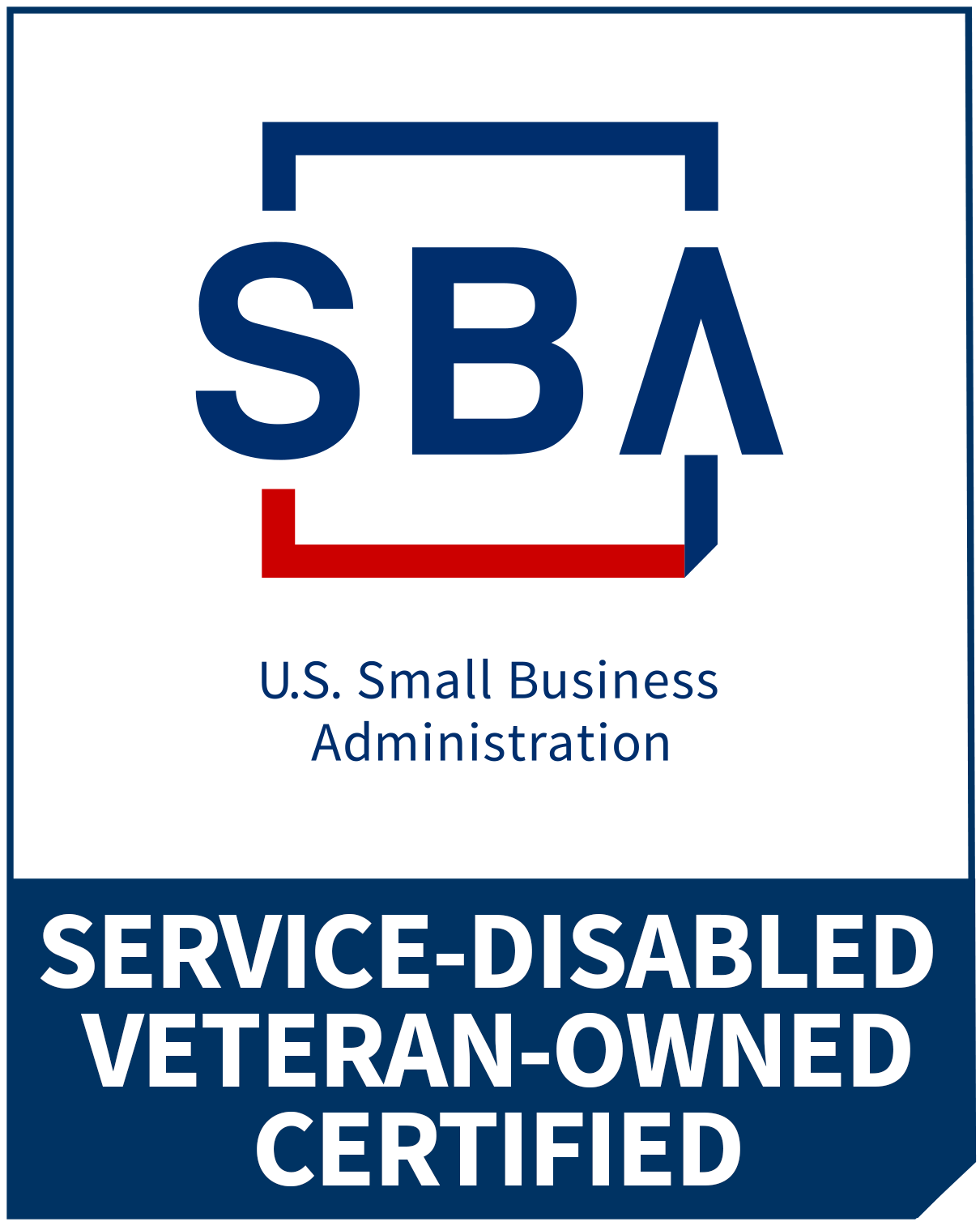I’ve written previously about different job postings with CX-sounding titles. One of those jobs is in the family of “Customer Success” positions. If you’re like me, and work in CX, you may have wondered, What, exactly, is, Customer Success? From a CX perspective, it may be useful to understand how these roles and their responsibilities differ from ours. To that end, it’s a lot like CX, but it’s not exactly that. While I’ve not played much a role in this space, I’ve made quite a few connections in the CS world and here’s what I’ve been able to gather from these conversations:
First of all, these folks are also incredibly hard-working and dedicated to, well…the success of their Customers. Customer Success roles are often at executive levels, although these leaders also usually have teams helping them out, too, so not all CS roles are executive in nature. They may be working in the consumer or commercial spaces, and they’re employed by companies that sell goods, services, and both. They’re occupied first and foremost as shepherds for highly valuable Customers and clients. They can be invaluable, especially to account executives as an important part of an account team. In a couple instances I’ve found even, sometimes Customer Success is just another name for an account executive altogether.
How Customer Success differs from a more corporate CX role is that they’re concentrated just on those clients to whom they’re assigned, even if it’s more than one. In fact, while some Customer Success practitioners have literally one Customer to take care of, some are assigned to an entire category or segment. But still their role isn’t broadly “Customer Experience” as we CX practitioners know the term and set of responsibilities.
That’s because the greatest difference between the two is that, while Customer Success folks are responsible for reducing churn and hassle for the Customers in their portfolios, they’re not responsible for improving the lot of all the Customers of a given organization. There’s nothing less noble about that. In fact, it’s vital to the bottom line to ensure your most valuable Customers and clients are taken care of and given white-glove concierge service. But the scope simply isn’t as broad and the impact isn’t as far-reaching. The role of a Customer Success leader is to know the needs of his or her (specific) Customers, make sure they are taken care of by helping to navigate your internal processes to ease the burden of doing business with your organization.
The role of a Customer Experience leader is to ensure all Customers are taken care of by interpreting the Voice of the Customer, improving overall processes based on those insights, and driving a Customer-centric culture. To this end, CX will have responsibility for (or at least take a lead role in) things like your corporate-wide VoC program, developing a Customer-centric culture within your organization, and managing a robust Process Engineering portfolio of cross-department improvement projects. Customer Success team members will likely be involved in these efforts (and, given their close working relationships with certain Customers, are an incredibly valuable source of information in terms of specific insights), but are normally more engaged with their assigned Customers than the overall workings of the broader organization.
Again, neither is necessarily more important or better to have than the other in general. But it is safe to say that if you find your organization needs a great number of Customer Success leaders, you may want to consider your processes from a more holistic, enterprise perspective and take a listen to what your Customers are saying whether they have someone assigned for that task or not.
CX may be a great way to leverage all the work a bustling CS organization is performing. The work generated and improvements made from that effort would surely be the tide that raises all boats within your company.




